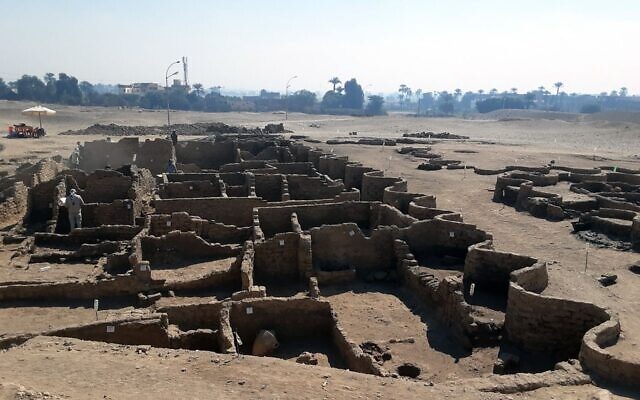Overseas Network, April 9th – Comprehensively, The Guardian and Tass reported on the 8th that Egyptian archaeologists have found the ruins of an ancient Egyptian capital more than 3,000 years ago near the southern city of Luxor.
After seven months of excavation, in addition to houses, streets and production and living areas, some rings, scarabs, colored pottery and mud bricks with the name of Amenhotep III have been unearthed.
It is presumed that the ruins of the capital can be traced back to the reign of the 18th dynasty Pharaoh Amenhotep III during the New Kingdom of ancient Egypt. Pharaoh Amenhotep III, the founder of the ancient city, lived in the 14th century BC (circa 1388-1351 BC).
The city flourished until the reign of Pharaoh Tutankhamun (circa 1332-1323 BC).
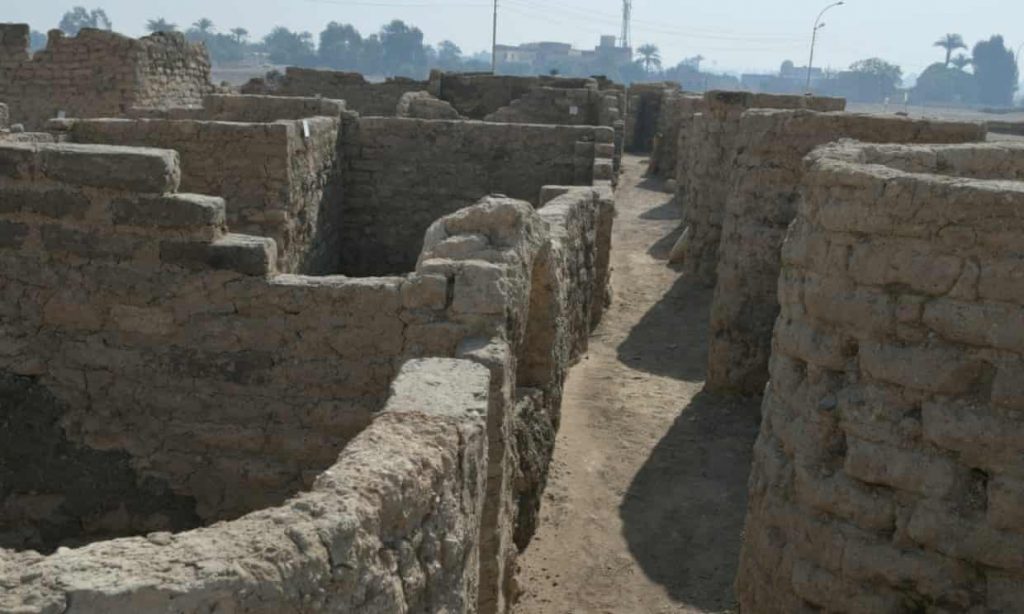
Egyptian archaeologist Havas said: “The city was once called the ‘lost golden city’ and it is the largest administrative and industrial city on the west bank of the Nile in Luxor.
At that time, several streets had been divided into the city, and the height of the house had reached three meters.
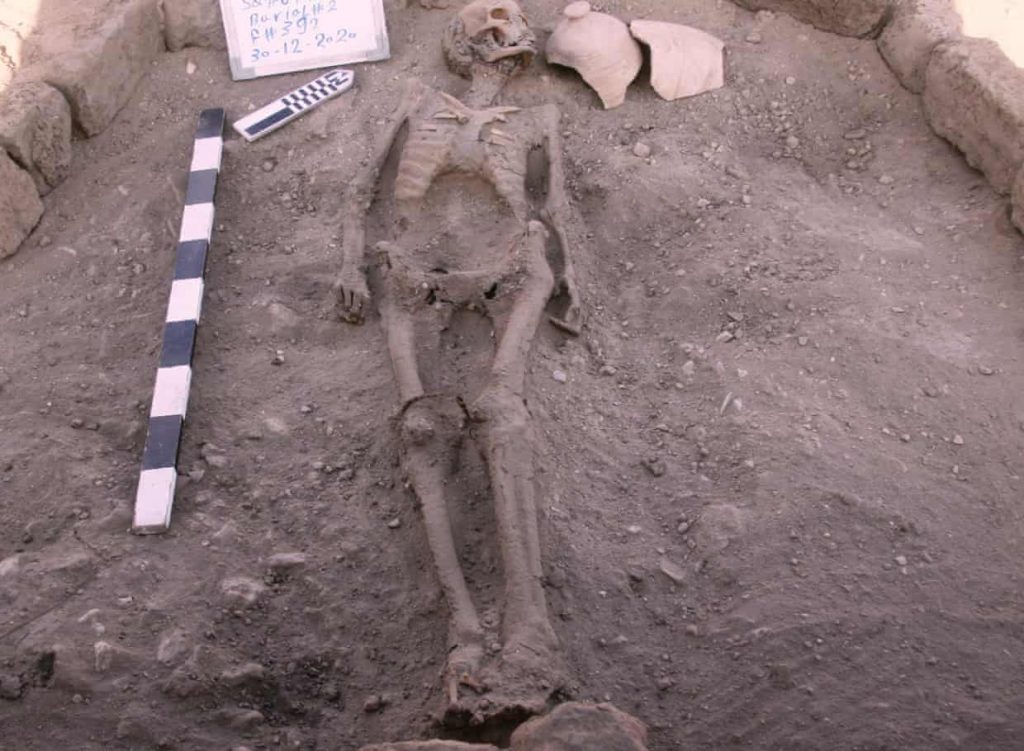
Havas said that the archaeological excavation of the ancient city began in September 2020. Archaeologists are committed to finding the funeral temple of Pharaoh Tutankhamun.
Havas said: “A few weeks after the excavation began, bricks had appeared under the sand, and when this huge city appeared in our sight, we were shocked.
The city is well preserved, the walls of the houses are almost complete, and many houses still have utensils, as if the local residents left only these things and just left.” In addition to houses, streets and production and living areas, some rings, scarabs, colored pottery and mud bricks bearing the name of Amenhotep III have been unearthed.
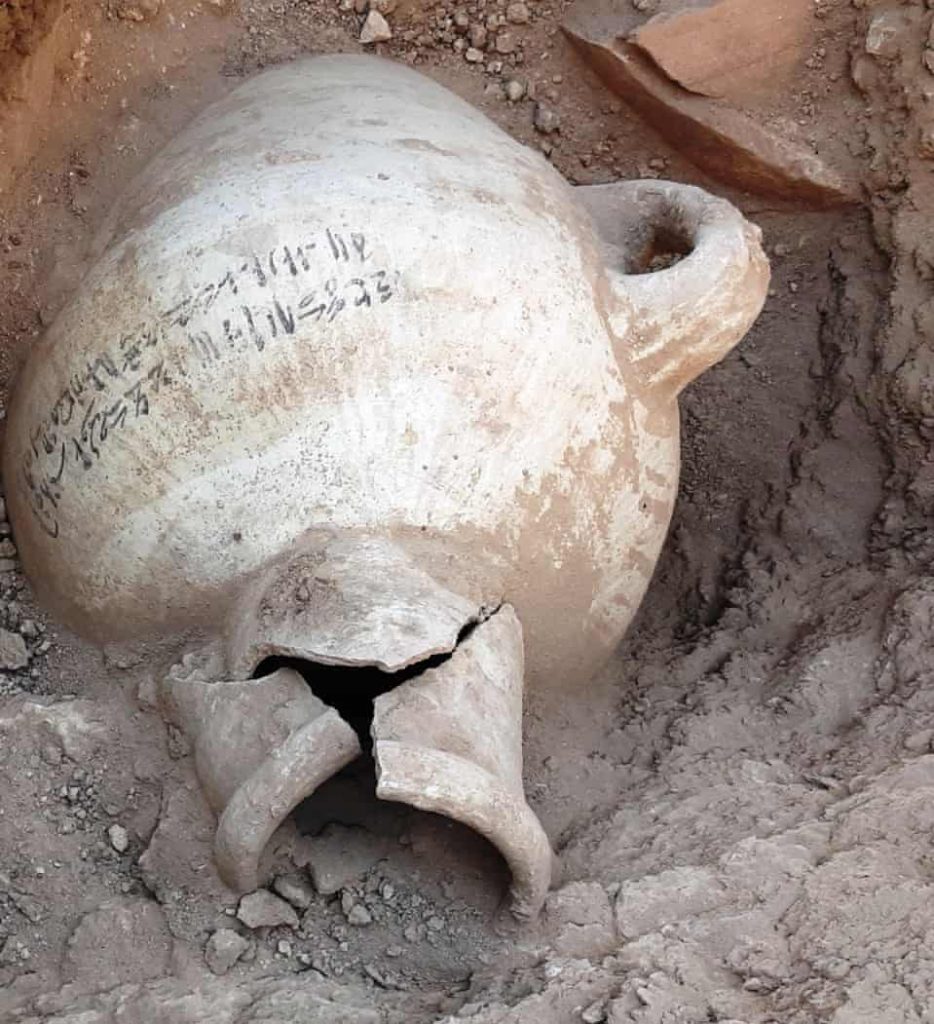
Havas said that this archaeological discovery helped to explain some doubts about ancient Egyptian history and study the social landscape of ancient Egypt.
As the site has not been excavated, further research and revelations are needed on the development of the city and the reasons for its once abandoned.
Luxor, Egypt Discovers “Lost Golden City”: More than 3,400 years ago, it is well preserved
Recently, Egyptian archaeologist Zahi Hawass announced the discovery of the “lost Golden City” more than 3,400 years ago in Luxor in the south of the country, calling it one of the most important archaeological discoveries since the tomb of the ancient Egyptian pharaoh Tutankhamun.
The Times of Israel reported on April 8 that the archaeological team in charge of the project said in a statement: “The city has a history of more than 3,000 years, dating back to the period of Pharaoh Amenhotep III (circa 1388-1351 BC) and continues to be found in Tutankha. mun) and the Ay period were used.”
It is reported that the excavation began in September 2020. After seven months of continuous excavation, archaeologists have discovered several blocks, including a bakery with ovens and pottery, some administrative regions and residential areas.
In addition, the unearthed colored ceramics, clay tiles with the seal of the king, jewelry, and amulets and other artifacts shaped like scarabs will help scientists understand the history and lifestyle of the city.
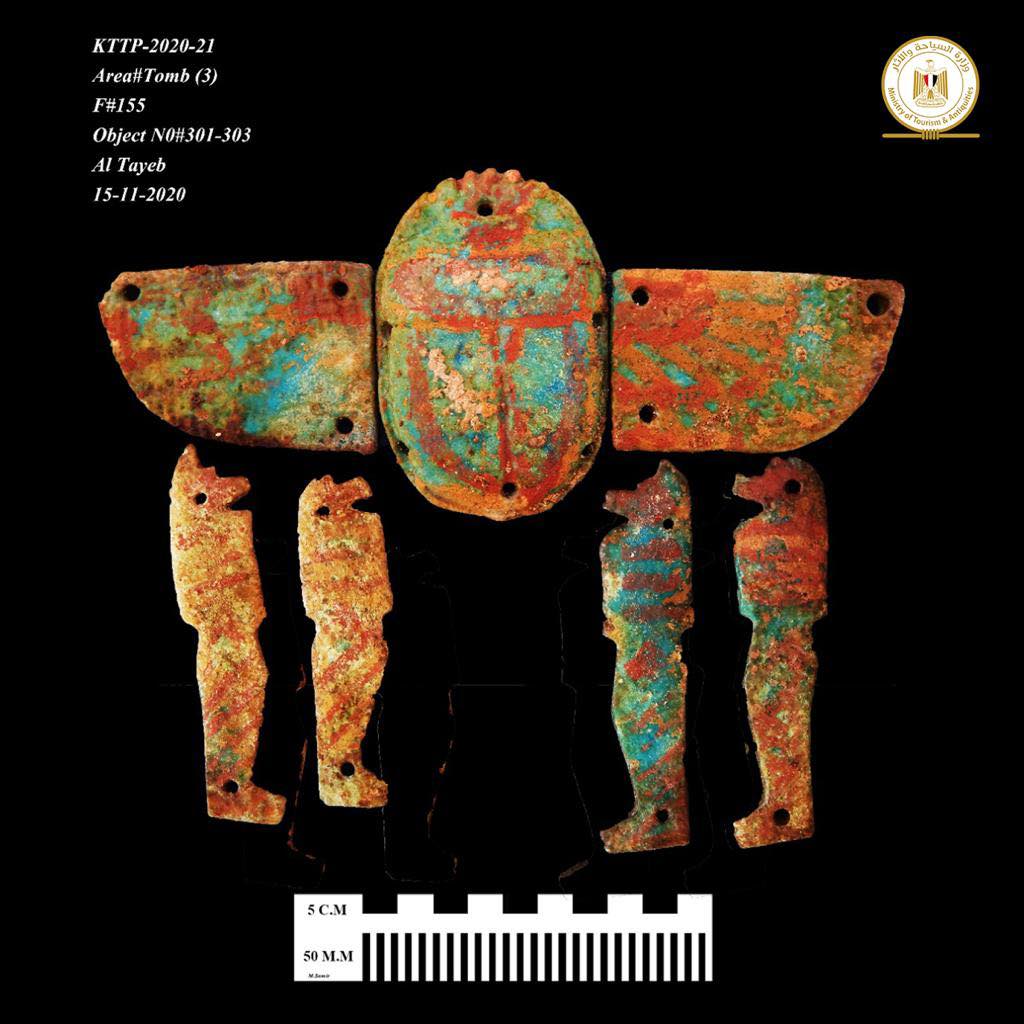
Betsy Brian, professor of Egyptian art and archaeology at Johns Hopkins University, said bluntly: “The discovery of the lost city not only gives us a specific understanding of the life of Egyptians during the richest years in ancient Egypt, but also helps us clarify the greatest mystery in history.
I: Why did the ancient Egyptian pharaoh Akhenatan and his wife Nefertiti abandon the original capital Thebes (now Luxor) and decided to move their capital to Amarna.”
After years of political turmoil and the impact of the COVID-19 epidemic, tourism, as an important industry in Egypt, has been hit hard. At present, the country is seeking to attract tourists by promoting monuments.
Last week, Egypt transported 18 pharaohs and 4 queens’ mummy from the Egyptian museum to the new Egyptian National Museum of Civilization. This parade is called the “Pharaoh’s Golden Parade”, which includes Amenhotep III and his queen.


